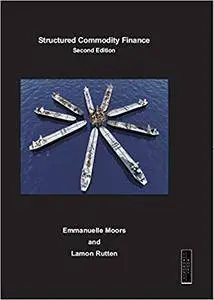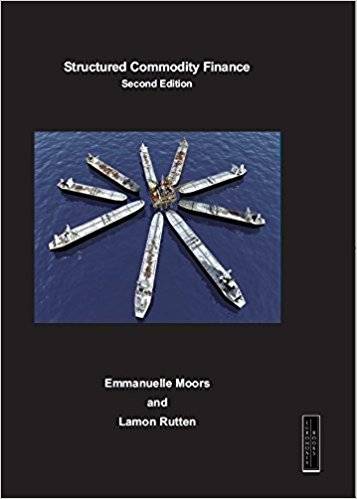Emmanuelle Moors & Lamon Rutten, "Structured Commodity Finance (2nd ed): Techniques & Applications for Successful Financing Arrangement"
English | ISBN: 1781371911 | 2014 | 298 pages | PDF | 4 MB
English | ISBN: 1781371911 | 2014 | 298 pages | PDF | 4 MB
This book discusses the techniques and applications of structured commodity finance within the range of financing alternatives available to the commodity sector. In particular, it endeavours to put discipline into a subject that has been extensively discussed by banking, insurance, capital markets and legal professionals, yet often with their own professional bias. This book will help you to understand the process of structured commodity finance and be able to apply it successfully to your next financing challenge. It is probably the most comprehensive book on SCF, both in terms of the techniques described and in terms of the number of case studies presented. What are the main differences between the first edition published in 2003 and this new edition? Compared with the 2003 edition, in terms of techniques this new edition puts more emphasis on borrowing-base type facilities. Variations from the basic pre-export financing and inventory financing are described in more details, including value-chain financing. The book also offers many new case studies to illustrate a wide range of possible variations from the core SCF techniques and when they are best utilized. Securitisation also now gets its own chapter. The new 2014 edition also reflects the fact that some emerging markets have come to the forefront in terms of sheer financing volumes for example owing to Chinese banks or to Latin American capital markets. The discussion also cover the Trade Facilitation schemes (in particular that of the IFC) that have surged since the mid-2000s to support economies depressed from the 2008 financial and economic crisis. The Basel accords get their own section. Finally, the 'applicable commodities' chapter has been rewritten to discuss in more details how certain techniques are applied in specific commodity sectors. What are the key benefits of the book? · The book is intended to put some order into the wealth of existing structures by organizing them into simple categories and sub-categories, by explaining the structured commodity finance techniques in a very simple manner (supported by diagrams) and then by discussing variations from the core structures and what advantages such variations can bring, when and why. · The book uses dozens of case studies, illustrating the applications of the SCF techniques to meet the financing needs of all its potential constituents worldwide: for soft and hard commodities; trade or new investments; from SMEs to large multinational companies; trading companies as well as producers or processing companies, and so on. You are bound to find at least one case study that inspires you to find the right solution for your financing needs. · The book is multi-disciplinary because 1. it presents structured commodity finance within the range of all financing solutions available to the company at stake and regularly challenges the reader the evaluate which is the best financing solution for a particular situation, and 2. It is explains how SCF techniques can be merged with other techniques to strengthen the financial security package of the underlying finance transaction (eg, by buying a credit risk insurance to reduce payment risks of offtakers) or can eventually pave the way for the better-known SCF borrowers to raise funds on an unsecured basis. What does the book cover? Before discussing the various forms in which structure commodity finance can present itself, the building blocks of trade finance are reviewed. Understanding the role of more complex forms of letters of credit, forfaiting and factoring in financing trade is also essential. These issues are covered in Part I of this book. The basic techniques of structured commodity finance are presented in Part II.



